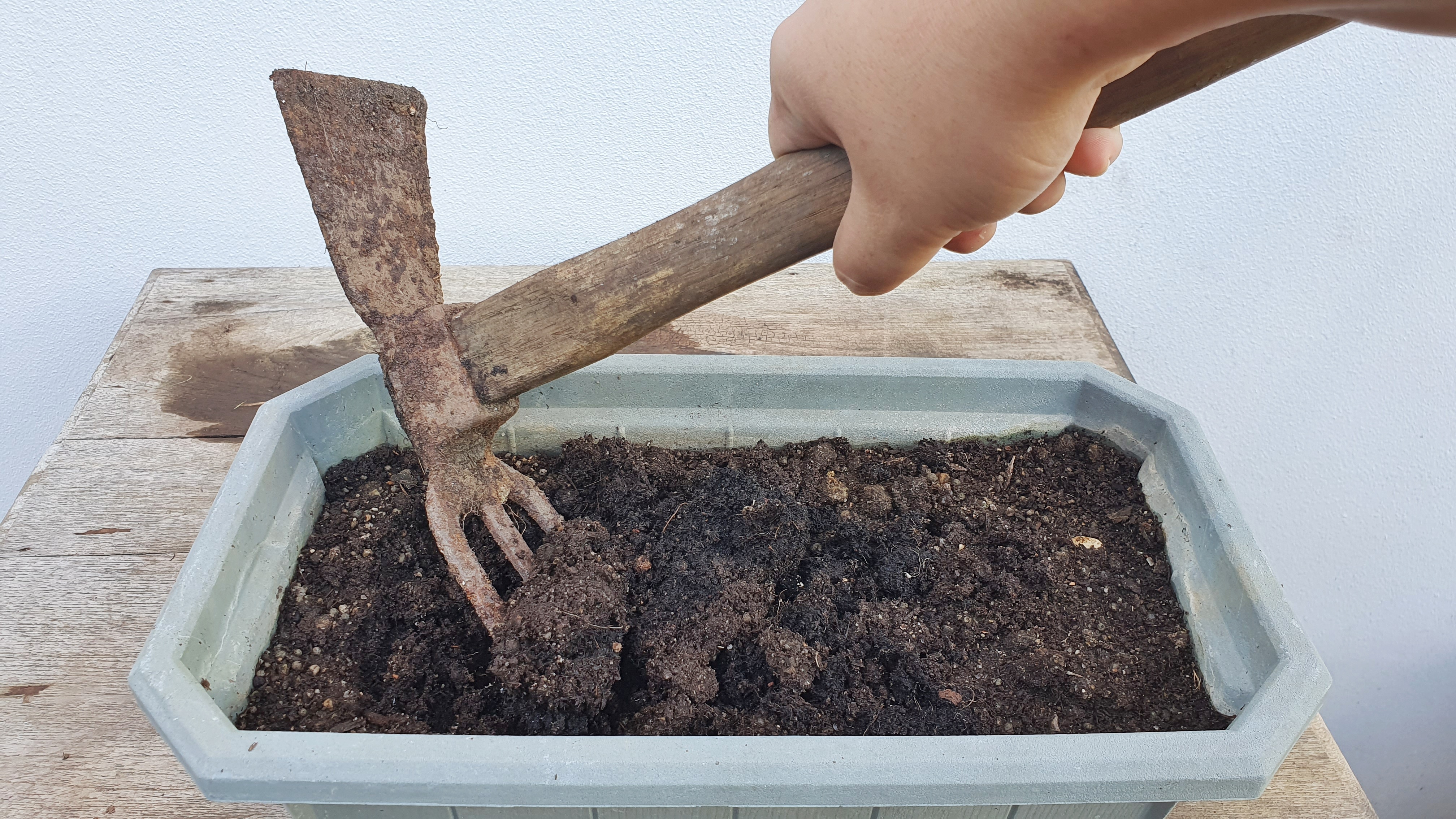
Official website links end with .gov.sg
Government agencies communicate via .gov.sg websites (e.g. go.gov.sg/open). Trusted websites

Secure websites use HTTPS
Look for a lock (
-
- Find a park or park connector
-
- Arts or heritage appreciation
- Barbecuing
- Birdwatching
- Camping
- Cycling or inline skating
- Dining
- Fishing
- Fitness studios
- Fun with children
- Fun with your dog
- Hiking
- Kite flying
- Mountain biking
- Nature walks or tours
- Photography
- Skateboarding
- Sandcastle building
- Shopping
- Staycation
- Therapeutic gardens and therapeutic horticulture programmes
- Water sports
- Wellness
- Festivities and promotions
- Events

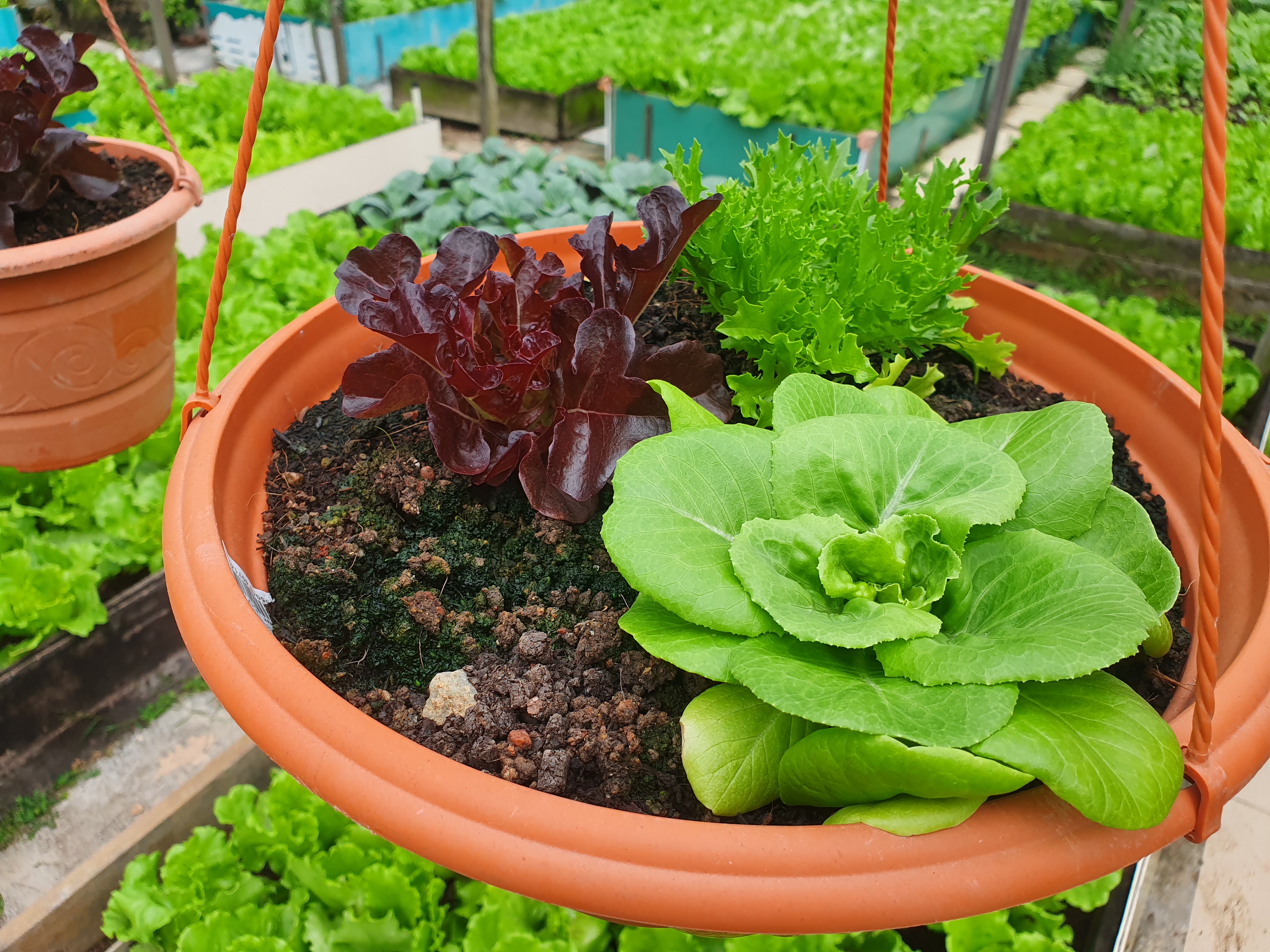
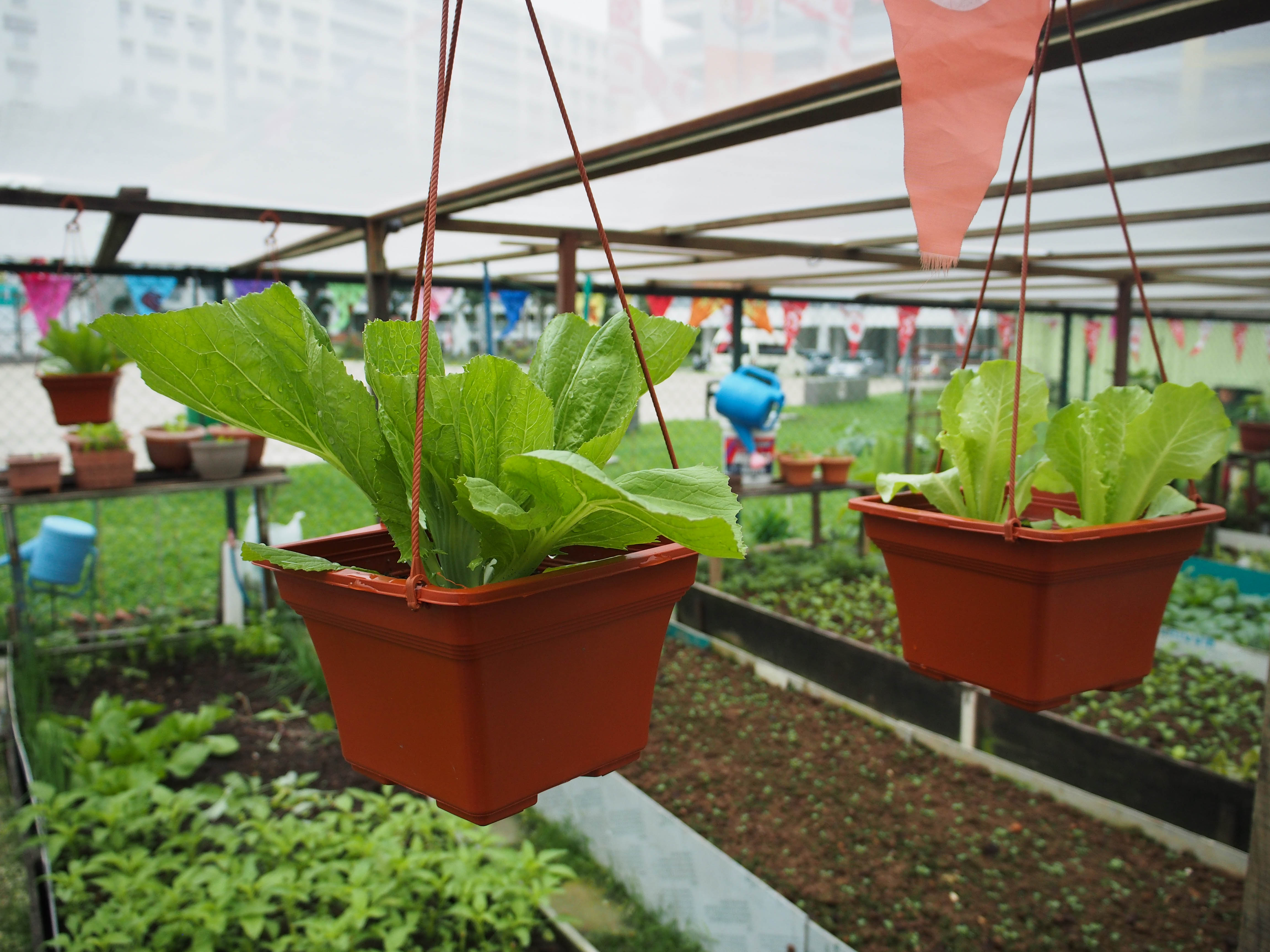
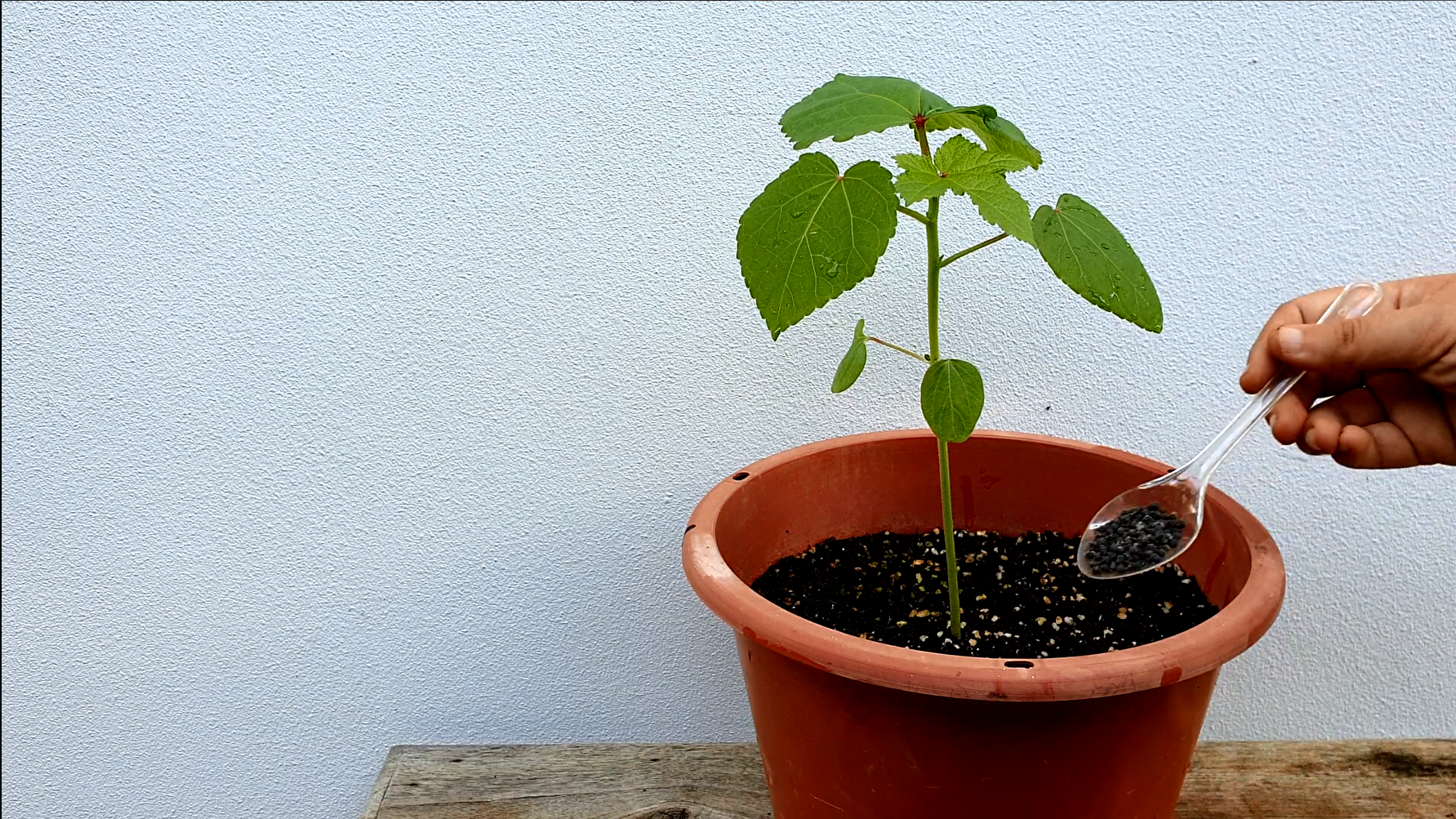 Deeper pots are able to support larger plants that tend to have large root balls to keep the plant upright.
Deeper pots are able to support larger plants that tend to have large root balls to keep the plant upright.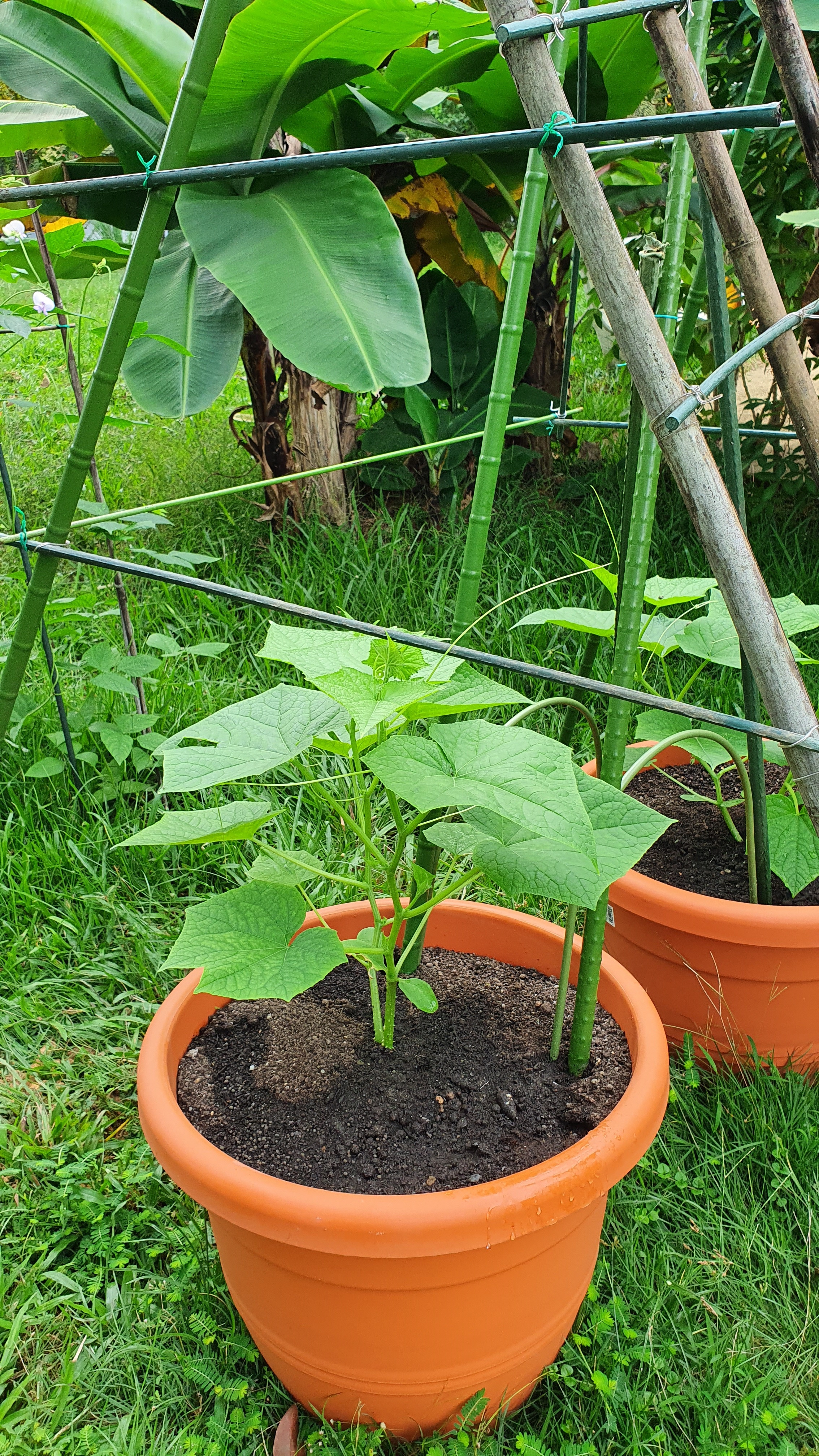
.jpg?sfvrsn=b4e4d895_1) Big or small? The right pot will maximise your growing space and complement your plant’s growth habit.
Big or small? The right pot will maximise your growing space and complement your plant’s growth habit.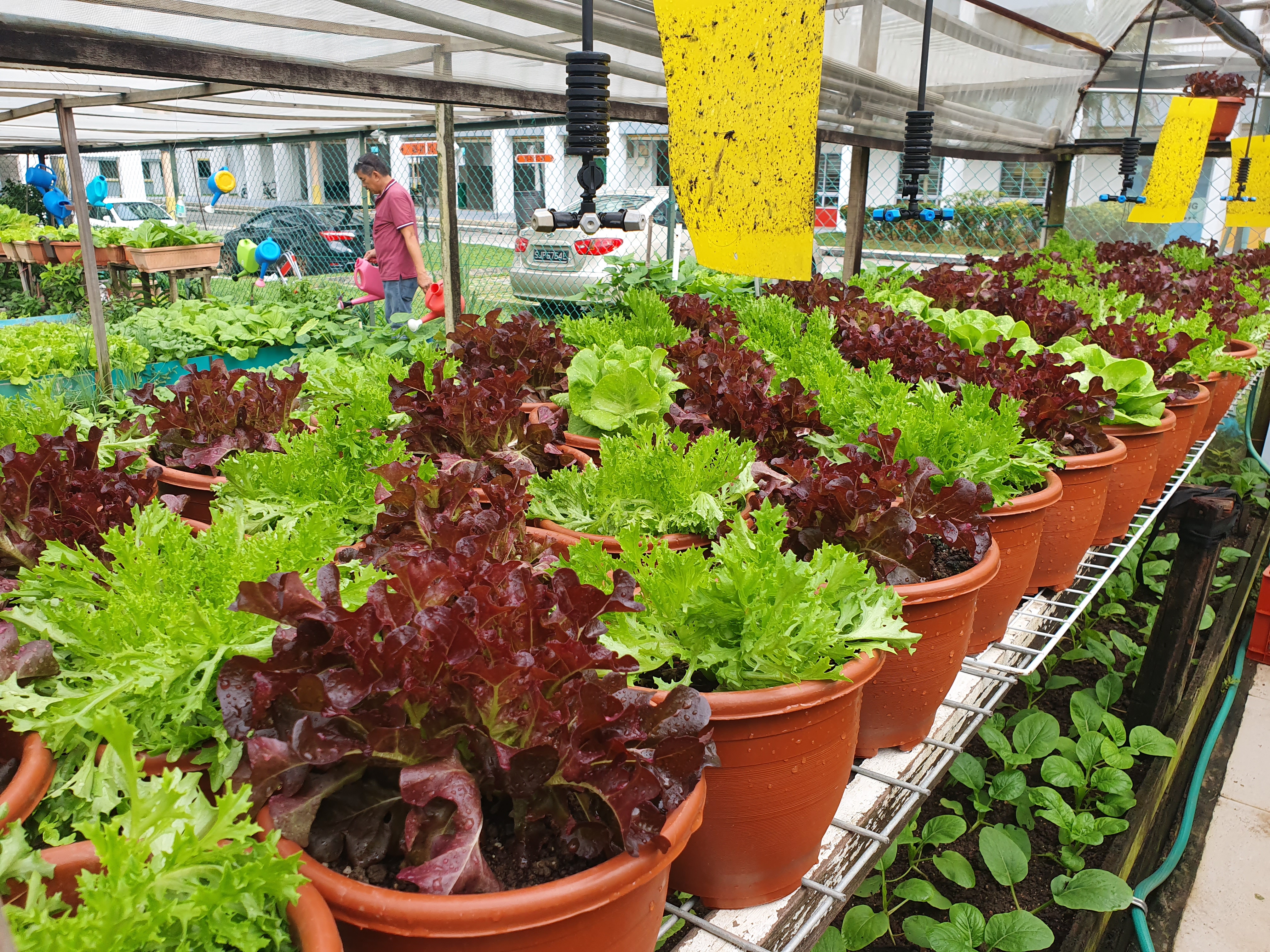
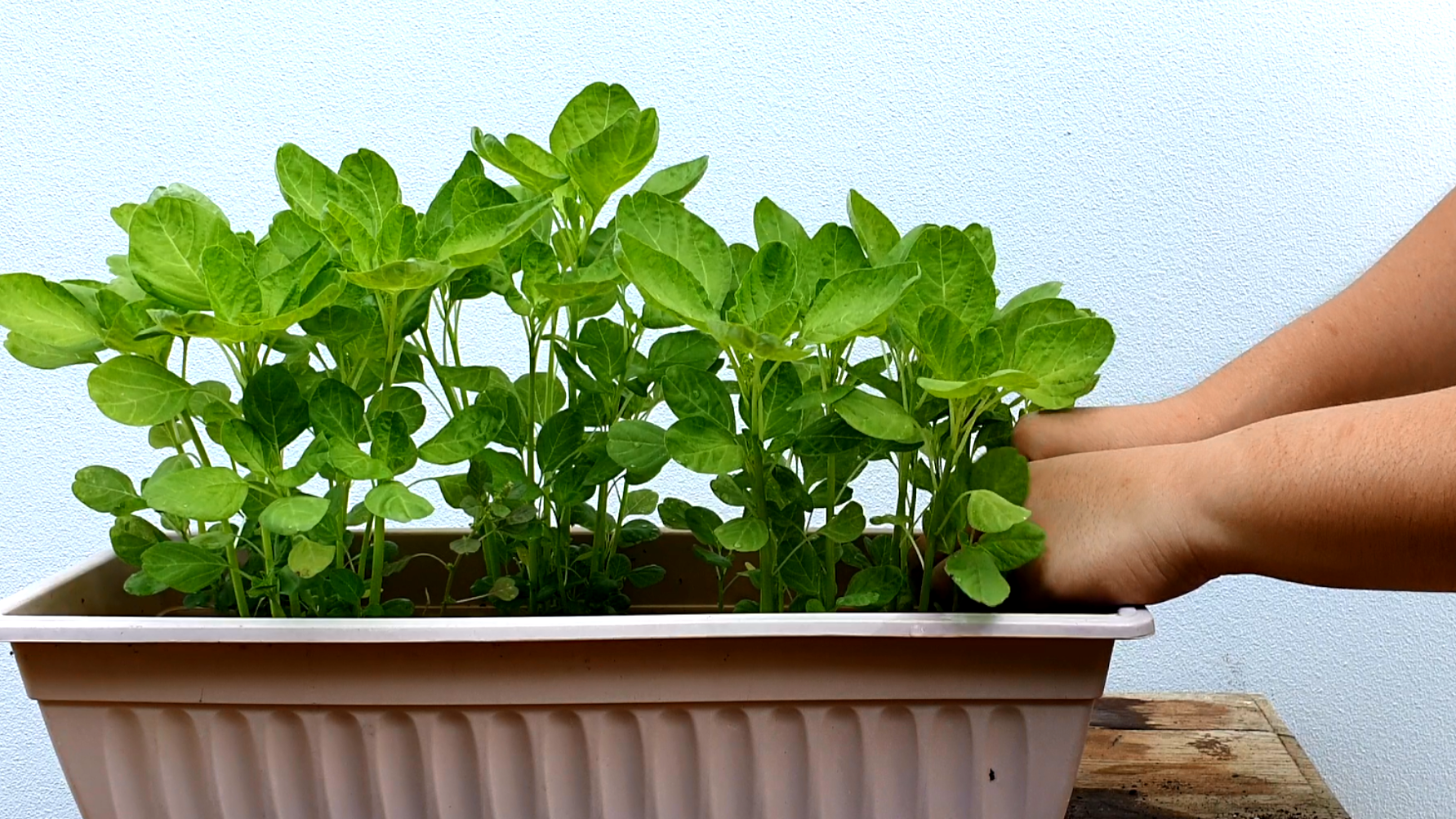 Edibles that can grow close together can be planted in troughs
Edibles that can grow close together can be planted in troughs.jpg?sfvrsn=b14f676b_1)
